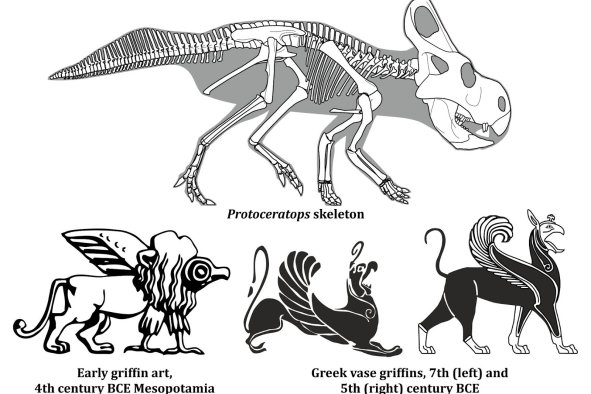A new interactive web application from scientists shows how the local climate around each city is set to change as the globe continues to warm.
While climate change is affecting the world, it is not often known what local impact it can have on individual hometowns.
The new interactive web app from scientists at the University of Maryland Center for Environmental Science, allows people to search 40,581 places and 5,323 metro areas. It can then match the expected future climate in each city.
For instance, Washington D.C. is to become as warm as northern Louisiana in 2080, according to the application. In the capital, summers could be 11.5 degrees Fahrenheit warmer in five decades.
The Future Urban Climates app can be accessed from here.
The researchers note that northern Pakistan is at present the same climate as what Shanghai, China, will experience in 2080.
"In 50 years, the northern hemisphere cities to the north are going to become much more like cities to the south. Everything is moving towards the equator in terms of the climate that's coming for you," said Professor Matthew Fitzpatrick, the spatial ecologist behind the app.
"And the closer you get to the equator there are fewer and fewer good matches for climates in places like Central America, south Florida, and northern Africa. There is no place on earth representative of what those places will be like in the future."
To reach his findings, Fitzpatrick used climate analog mapping. This technique allowed him to match expected future climates with specific locations.
Recent data from the Intergovernmental Panel on Climate Change (IPCC), a U.N. body focused on climate science, highlights predicted temperature shifts over the next three decades under different emission scenarios. The projections depend on expected climate changes, with results provided for both high and low-emission scenarios, along with several climate models. This allows users to compare future climate conditions in their city to current climates globally, based on the average of five forecasts for each scenario.
One scenario, reflecting the current trend, predicts a significant rise in greenhouse gas emissions, leading to a global temperature increase of approximately 9 degrees Fahrenheit by the century's end. This would result in a planet warmer than it has been in millions of years. The other scenario envisions a world where countries meet the Paris Climate Accord targets, reducing emissions drastically and limiting the temperature rise to about 3 degrees Fahrenheit. This model provides a stark contrast to our current path, showcasing the potential impact of immediate, substantial reductions in emissions.
"I hope that it continues to inform the conversation about climate change. I hope it helps people better understand the magnitude of the impacts and why scientists are so concerned," Fitzpatrick said.
Do you have a tip on a science story that Newsweek should be covering? Do you have a question about climate change? Let us know via science@newsweek.com.
Disclaimer: The copyright of this article belongs to the original author. Reposting this article is solely for the purpose of information dissemination and does not constitute any investment advice. If there is any infringement, please contact us immediately. We will make corrections or deletions as necessary. Thank you.



